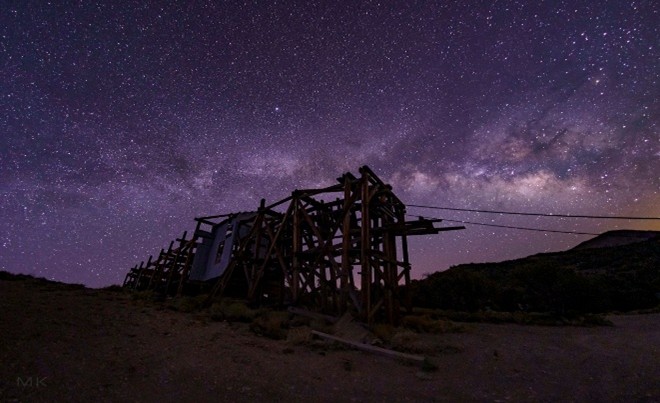I got myself a digital camera during the pandemic and have come to really enjoy the hobby of low-light photography.

It has been rewarding, perhaps less for the results, but more for the experience of seeking out remote places on moonless nights, and the gleeful hours spent clambering around in darkness trying put together a compelling shot.

Sometimes I get nice pictures and sometimes I don't, but it's always fun. And it's compelled me to visit some pretty spectacular places... generally alone in the middle of the night.
(But sometimes I can con friends into joining!)



The star of most low-light photography is of course the dark night sky, which is pretty accessible across vast swaths of the American Southwest. We have an incredible amount of public land out here!
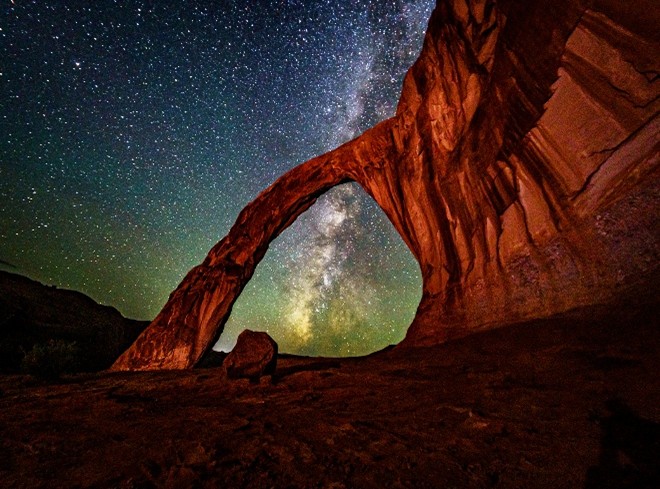
But even without the spectacle of the galactic core twinkling overhead, and perhaps especially in this case, there's a compelling challenge to be creative and take pictures anyway.
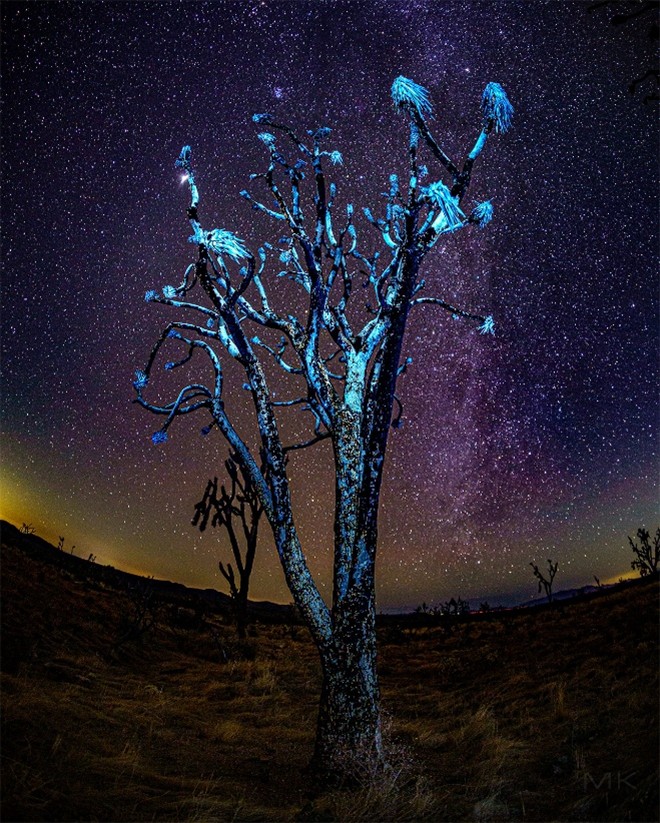
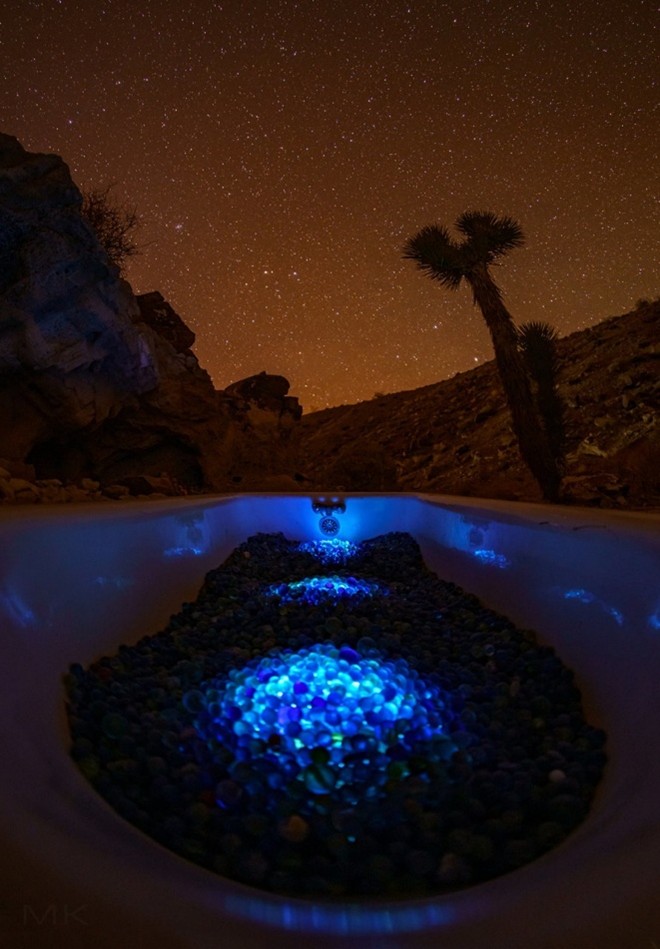
When rainclouds blot out the night skies entirely, one can still find interesting scenery while sheltering indoors... for example, at a haunted state penitentiary:
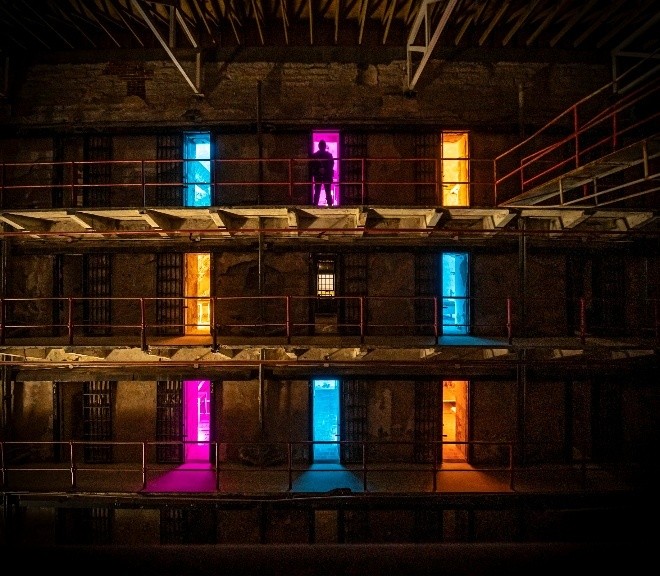
... or if faced with midsummer-night snowstorm in the high Cascades, what better place to shelter than an avalanche shed?
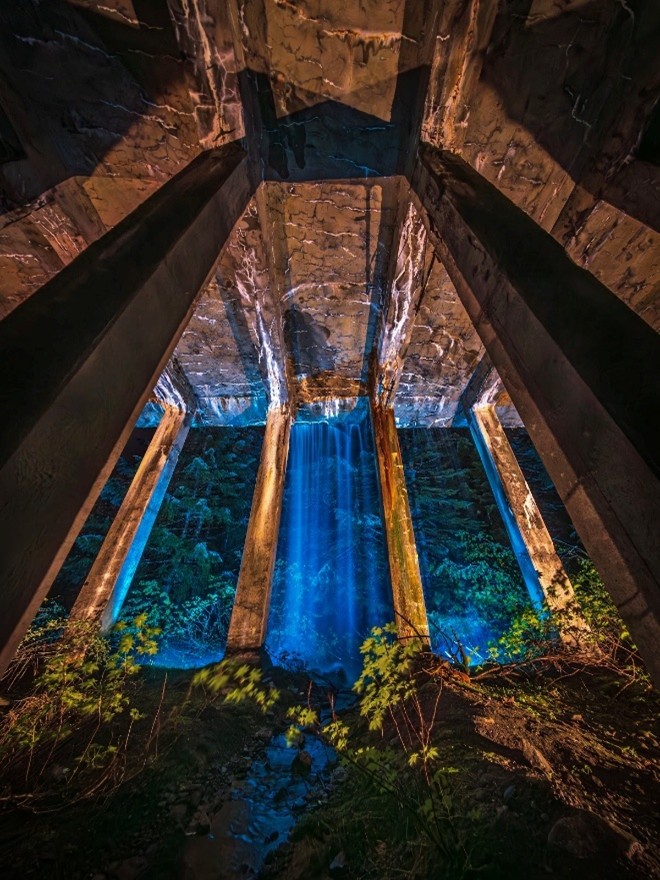
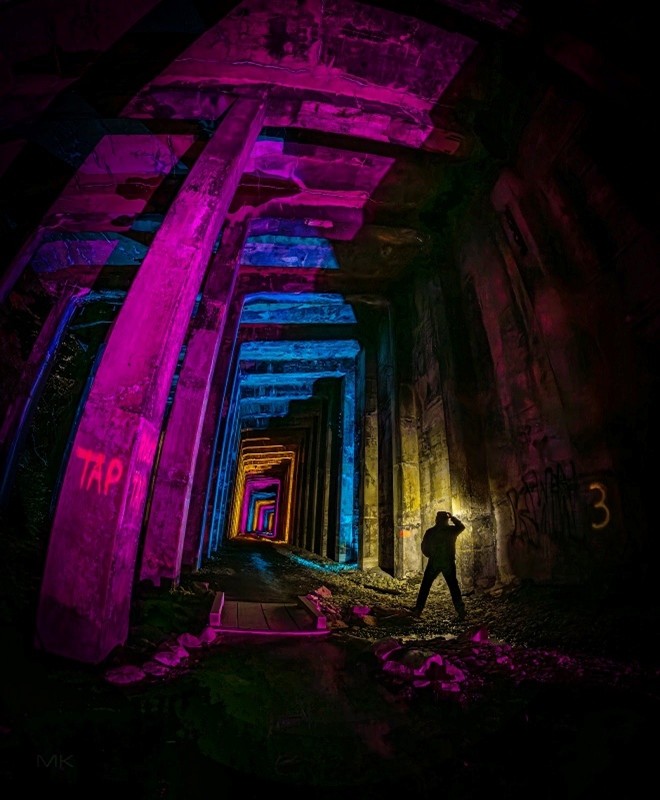
Even during the daytime, proper darkness can reliably be found by trekking a quarter-mile into the middle of a mountain ...
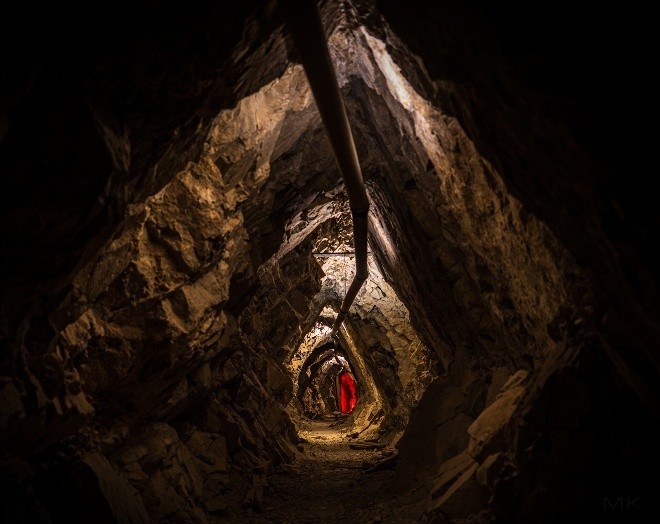
... or further, but in that case, I'd recommend bringing a bike:
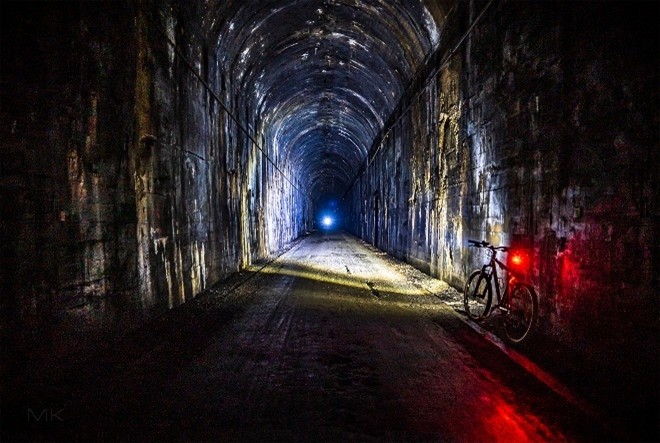
About the only thing that reliably ruins night photography is the stupid moon. I am hoping to someday deorbit it--or at least spray-paint it black.
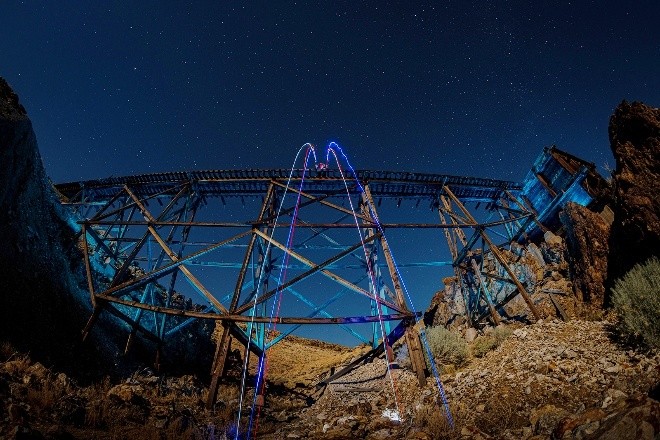
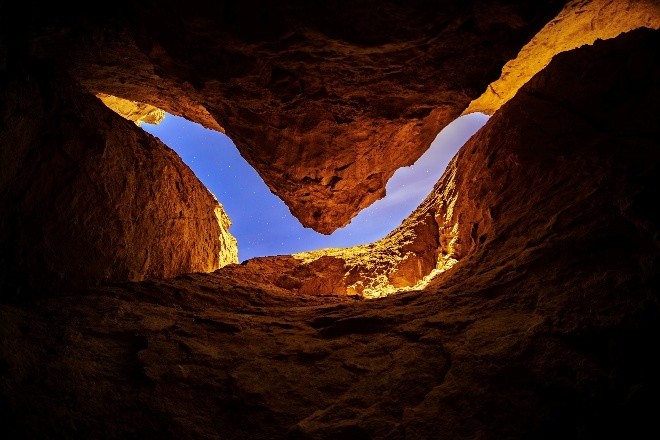
I'm not a professional photographer, but I enjoy this hobby and sharing it with others. If you are interested in joining an instructional workshop, I work as a volunteer instructor at Bryce Canyon and Great Basin national parks during their annual astronomy festivals. These are free classes intended for beginners.
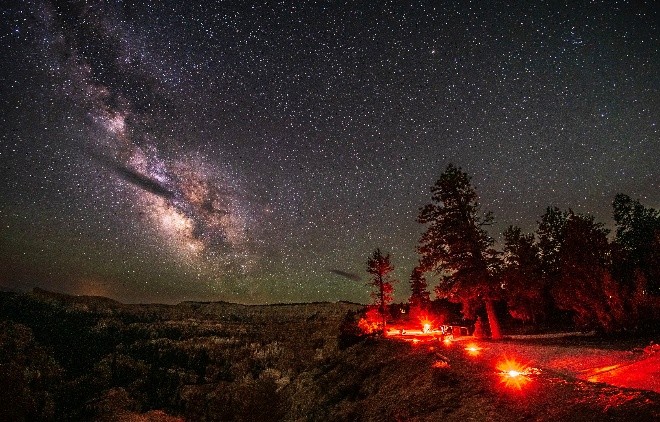
You can sometimes also find me at other national parks with the Caltech Astronomy Outreach team. I'll be next to the telescopes, taking free pictures of people beneath the night sky.
The best camera is the one you have, which in my case is a Sony A7C. All my night shots are taken with a Rokinon 12mm lens. Exposures are 30 seconds at f/2.8, ISO 800. I think that's the iso invariance threshold for my sensor -- to see the image on the screen, values of 2000-5000 would be more appropriate.
